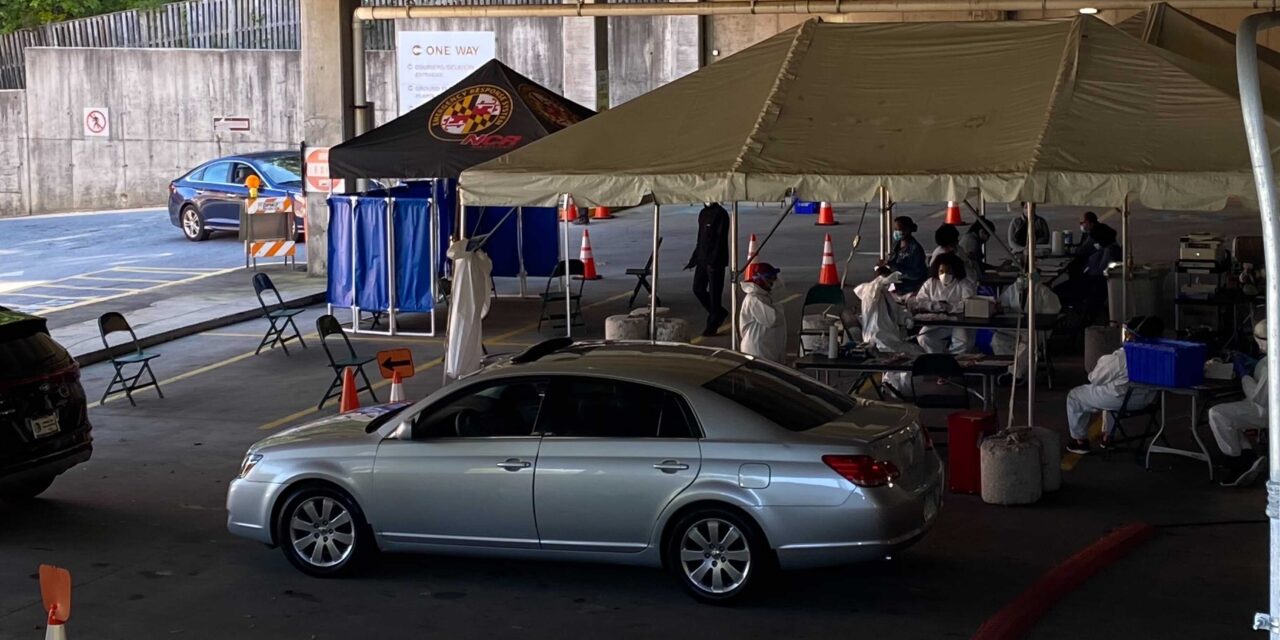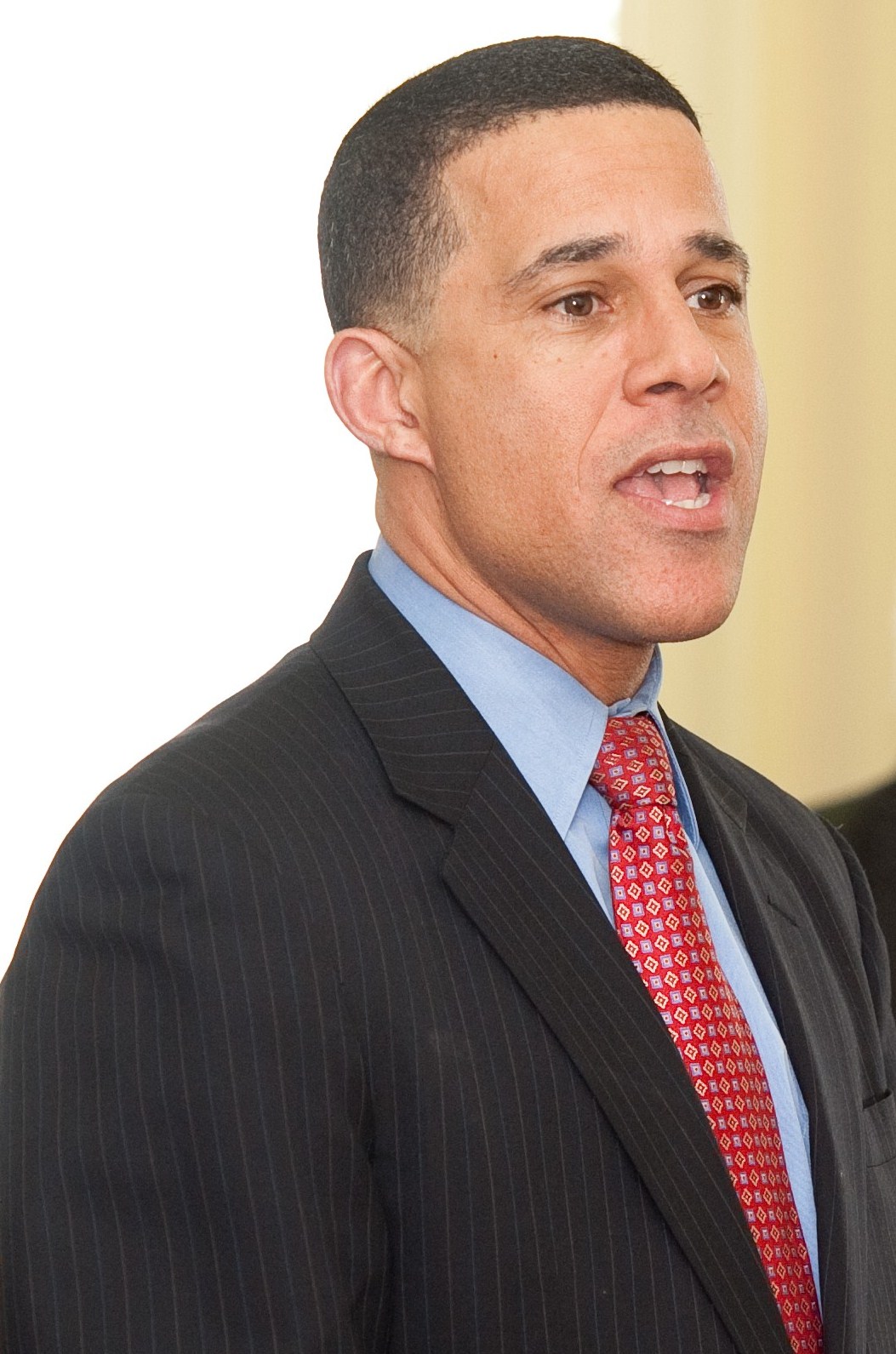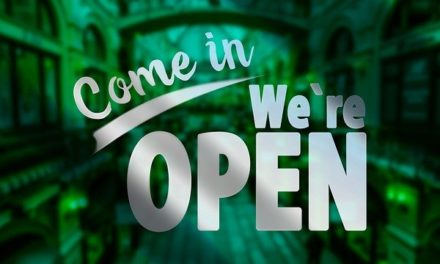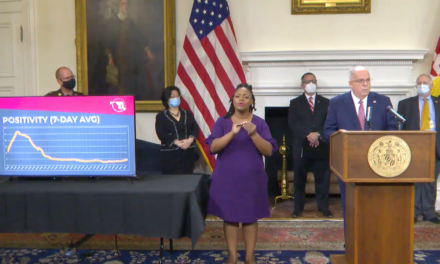By RYAN MCFADDEN
Capital News Service
CHELTENHAM, Maryland — Latino communities in Maryland have been particularly hard-hit by the coronavirus pandemic because of shared housing situations, lack of access to government benefits, and distrust in health officials, experts told a legislative panel last month.
“I think it started in the early months with us working in essential jobs,” said Dr. Michelle LaRue, senior manager of health and social services at CASA de Maryland, an advocacy group supporting Latino and other immigrants across the state through services like employment placement, and health education.
“Also, so many sectors in our community don’t have the same benefits and support that other sectors do, like the option to telework and to take paid sick leave. This makes us more at risk of catching the virus and having the implications of the infection.”
In the United States, Latinos made up 16% of the deaths and 27.3% percent of the infections as of Wednesday, according to the Centers for Disease Control and Prevention. About 18.5 percent of the U.S. population is Hispanic — of any race — according to 2019 Census bureau figures.
The infection rate amongst Latinos is second-most in the country behind Whites, who account for 46.8% of the infections and 76.3% of the population, while Blacks are at 16.6% of the infections and 13.4% of the population, according to CDC and Census data.
In Maryland alone, Latinos, who may be from different racial groups but share the same ethnicity, make up 21.1 percent of the confirmed cases in the state, according to the health department, even though as an ethnicity they represent 10.6 percent of Maryland’s population, according to the United States Census Bureau.
Dr. Kathleen Page, an associate professor in the division of infectious diseases at Johns Hopkins University School of Medicine, said when looking at death rate disparities between Hispanics and non-Hispanics, one must look at the age-adjusted mortality.
Latinos are a younger population, with an average age of 29.8, compared to non-Hispanic Whites at 43.7 and non-Hispanic Blacks at 34.6, according to 2019 data by the Census Bureau.
The Centers for Disease Control and Prevention show that Latinos make up 38.1% of the COVID-19 deaths between the ages 30-39, while non-Hispanic Blacks are at 28.7% and non-Hispanic Whites are 20.7% in the same age group.
Forty percent of the COVID-19 deaths between the ages of 40 and 49 have been Latinos. Meanwhile, 28.7% have been non-Hispanic Blacks and 20.2% have been Non-Hispanic Whites in the same age group, according to the CDC.
According to Maryland’s state COVID-19 website, there have been 30,054 total confirmed cases amongst the Latino community as of Wednesday.
Page said she has seen members of the Latino community put their personal health aside in order to work and take care of their families, as some are unable to receive certain government benefits due to immigration status.
“It feels unfair that the people running our society, the essential workers, are left out, and that’s a huge injustice,” Page told Capital News Service. “I’m hoping there will be lessons learned and there will be systematic change to address these disparities and call them what they are.”
For the state’s minority communities, housing insecurity, the stress of social distancing and food insecurity are exacerbating the health effects of the pandemic, according to The Maryland Department of Health’s Office of Minority Health and Health Disparities.
Page said she has seen many Latino essential workers come from crowded households where the risk of exposure is high.
“It’s like almost every patient I met was sharing a household with either families or other coworkers that are not related,” Page said. “There was a family of four or five sharing a bedroom and one bathroom.”
The Lord Baltimore Hotel has been used as isolation housing, which is used for people who test positive for coronavirus, but who cannot self-isolate in their own homes due to crowded living situations.
However, Page said it has been a struggle to convince people to go to isolation housing, as fears of family separation have made it difficult for some Latinos to trust healthcare workers.
“Family separation has taken on a whole new meaning in the current landscape, so people were suspicious,” Page said. “I remember convincing a (patient) to finally go to the isolation hotel (but) when the van showed up, that person hid because he thought immigration was picking him up.”
The Maryland Department of Health is attempting to help fight these disparities and the trust issues with the establishment of the Hispanic Outreach Task Force.
In a statement from the Maryland Department of Health, the task force, which was established in late August, “consists of an initial partnership that includes the Maryland Emergency Management Agency, Maryland Department of Human Services, Baltimore City and faith and community-based organizations to reduce the rate of positivity in the Hispanic community.”
The Hispanic Outreach Task Force plans to promote self-isolation, testing and contact tracing in hotspot communities like Baltimore City’s 21224 zip code, where there have been 2,214 cases as of Wednesday, according to the state’s health department.
African Americans have more confirmed cases than Latinos in Baltimore City, but the test positivity rate within the Latino community, which includes people who may be from different races but share the same ethnicity, is 16% as of Wednesday, vs. about 4% for all other ethnicities in the city, according to Baltimore City’s Health Department. Measured by race, the positivity rate for Blacks was about 5% and Whites about 2%.
Even though LaRue wished the task force would’ve started earlier, she pointed out the importance of communication and being able to listen to the issues and fears the community has when creating an outreach strategy.
“It’s not enough to translate something into different languages, but really understanding the cultural context so you can adapt that message to different communities,” LaRue explained. “Making sure you just don’t say do social distance but give concrete tips that really address certain issues for the different sectors.
“As an example, our community lacks personal vehicles to get to work and other places,” she continued. “For carpooling, there’s no way to social distance inside the car, but there are concrete tips to help lower the risk like opening the windows in the car as you drive, making sure you wear a mask in the car.”
Another key to building trust is working with community partners and leaders that have already built trusted relationships, LaRue said.
“Transparency and truth go a long way,” LaRue said. “Making sure the message you give really can be trusted.”
Page praised the bilingual and multicultural healthcare workers who are working on hotlines, helping patients, and serving as contact tracers, as familiarity is key to establishing trust.
“They step up to the plate in a way it’s hard to commend them,” Page said. “People with shared experiences can communicate better and understand where people are coming from.”
Maryland’s health department announced on Oct. 16 that its Hispanic Task Force will launch an outreach campaign, which will feature a health-education truck driving around neighborhoods in the 21224 ZIP code delivering COVID-19 prevention and safety messages in English and Spanish.
There is a Spanish-language hotline — 667-600-2314 — operated by the Esperanza Health Center that will provide resources to callers who are experiencing symptoms of COVID-19 or have been in contact with someone who tested positive.
Page stressed the importance of community dialogue and said she tries her best to give out advice and tips on social media platforms.
“I and others have gone to local Facebook lives and programs run by Latinos, and people call in or type questions,” Page said. “It provides me the opportunity to at least have a conversation. I don’t know if I can convince people, but it’s helpful.”








Recent Comments